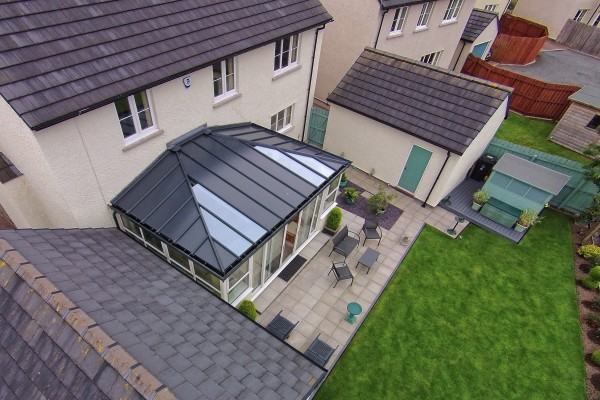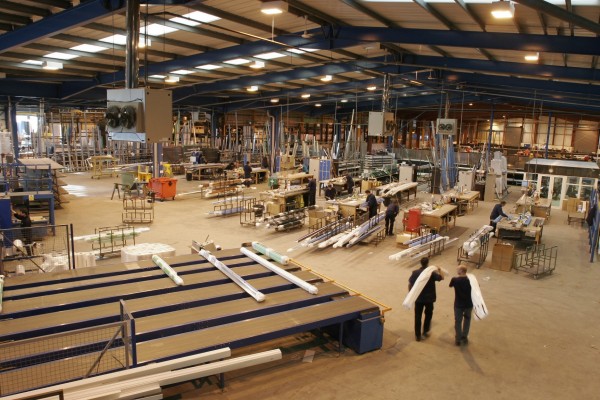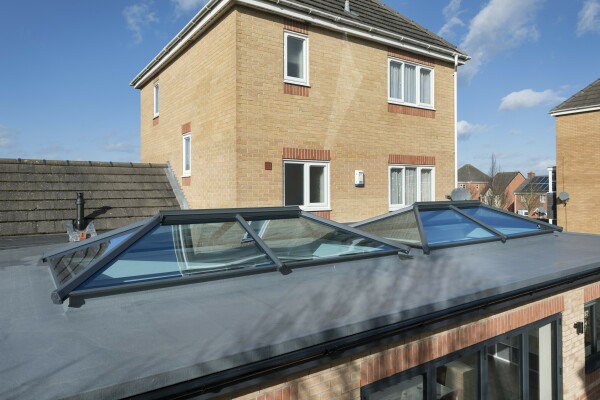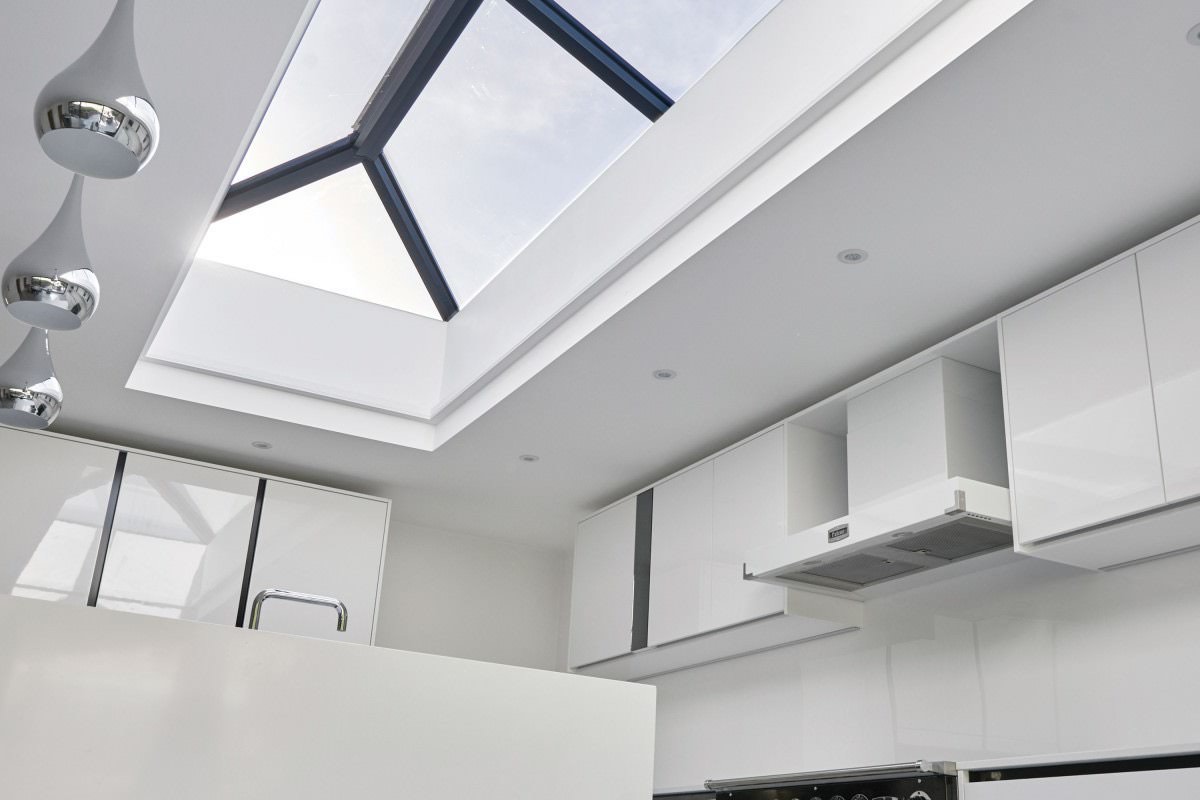Friday 29th August, 2014

As with most other things in life, many people only find out about things that could be interest to them when it is too late - this may have been true for many homeowners regarding the Green Deal Home Improvement Fund. The UK government came up with the initiative to try and assist people that were looking to make their homes more energy efficient and environmentally friendly, but it didn’t always involve direct funding. The whole scheme (The Green Deal in general) was also designed to provide people with information about the best ways to pay for this type of home improvement work to be carried out.
Insulation had a major role to play in the whole process, and this included solid wall, cavity wall and loft insulation products that help to keep heat within the home during the winter months. Heating systems were also covered, and there were incentives to persuade households to replace boilers that were not particularly cost-effective. Draught-proofing solutions were promoted as a method of preventing cold air from entering homes, and the same could be said for double glazing. For households that wished to take their energy needs to the next level, various rewards were in place for solar panel installations and underground heat pumps - these often involved a significant outlay that could be recouped to a certain extent.
In a similar manner to other government U-turns in recent years, the eventual closure of the scheme was due in no small part to funding and budget issues. The decision to end the initiative this year will probably not have come as a surprise, especially in light of the continued theme of budget cuts and austerity in most areas of politics, but some people have argued that the overwhelming demand showed a lack of planning at the highest level.
There is some encouraging news to come out of all this however - the fact that the situation will be ‘monitored’ and re-introduced in the future. However, promises in politics do not always go entirely to plan! Whatever the future may hold for government assistance in this area, at the very least it shows that the public can show enthusiasm for energy efficiency.







